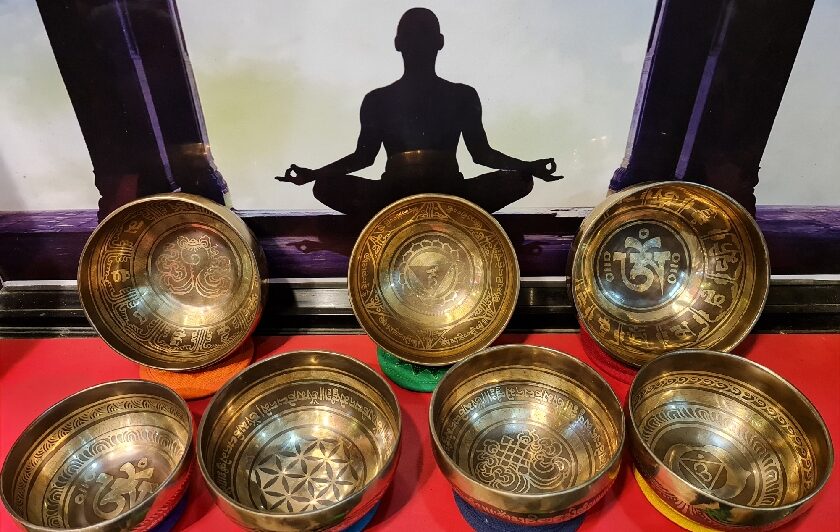Langtang Valley, often referred to as the “valley of glaciers,” is a stunning region located in Nepal. This trek offers a unique blend of Himalayan vistas, cultural richness, and diverse landscapes, making it one of the most rewarding trekking destinations in the country. Nestled just north of Kathmandu, Langtang Valley provides an accessible yet immersive experience for trekkers seeking adventure, tranquility, and cultural exploration.
Accessibility from Kathmandu
One of the primary reasons to trek Langtang Valley is its proximity to Kathmandu. Unlike more remote trekking regions such as Everest or Annapurna, Langtang is relatively easy to reach. The trek begins with a scenic drive from Kathmandu to Syabrubesi, the starting point of the trail, which takes around 7-8 hours. This makes it an ideal option for trekkers with limited time but who still want to experience the majesty of the Himalayas. The convenience of access is a major draw for both international visitors and local trekkers alike.
Diverse Landscapes and Ecosystems
Langtang Valley offers a stunning variety of landscapes, ranging from dense subtropical forests to alpine meadows and glacial valleys. As trekkers ascend, they move through lush rhododendron and bamboo forests, which give way to the stark beauty of high-altitude terrain. The region is also part of Langtang National Park, home to a diverse range of flora and fauna. Trekkers might spot wildlife like the elusive red panda or langur monkeys, adding to the natural charm of the trek.
Rich Cultural Experience
Tamang culture deeply shapes the Langtang Valley, giving trekkers the chance to immerse themselves in the traditions of this indigenous community. The Tamang people, with their Tibetan heritage, express their distinct cultural identity through their architecture, language, and way of life. Trekkers will pass through traditional villages, monasteries, and ancient Buddhist stupas along the trail, providing a window into the region’s rich spiritual and cultural heritage. This cultural immersion is one of the standout features of the Langtang trek.
Less Crowded Than Other Popular Treks
Unlike the bustling trails of the Everest Base Camp or Annapurna Circuit, the Langtang Valley trek offers a more peaceful and intimate experience. The trails are less crowded, allowing trekkers to connect more deeply with nature and the surrounding environment. This sense of solitude, coupled with the region’s beauty, makes Langtang an appealing option for those seeking a more tranquil trekking experience without sacrificing the grandeur of the Himalayas.
Stunning Mountain Views
Langtang Valley offers breathtaking mountain views, with the towering Langtang Lirung (7,234 meters) standing as the most prominent peak in the region. Trekkers journeying through the valley enjoy stunning vistas of snow-capped peaks, including Dorje Lakpa and Ganesh Himal. Viewpoints such as Kyanjin Ri and Tserko Ri offer unparalleled panoramic views of the surrounding mountains, making this trek a photographer’s dream.
Opportunity to Support Post-Earthquake Recovery
The devastating earthquake of 2015 heavily impacted the Langtang Valley, causing loss of life and significant damage to infrastructure. However, the region has shown remarkable resilience and recovery. By trekking in Langtang, visitors contribute directly to the local economy, helping to rebuild homes, lodges, and livelihoods. This makes trekking in Langtang not only an adventure but also an opportunity to support the recovery efforts of the communities that call this valley home.
Variety of Trekking Options
Langtang Valley is a hub for multiple trekking routes, offering options for trekkers of different interests and abilities. The classic Langtang Valley trek is the most popular, but other routes like the Gosainkunda Lake trek and the Helambu Circuit provide alternative adventures. Whether you’re looking for a short trek or a more extended expedition, Langtang has something for everyone. These treks vary in difficulty, allowing both novice and experienced trekkers to find a route that suits their skills and interests.
Unique Wildlife Spotting Opportunities
Langtang Valley is home to a variety of wildlife species, many of which are rare and endangered. The opportunity to spot red pandas, Himalayan black bears, and snow leopards is a major draw for nature lovers. The valley also serves as a crucial wildlife corridor, linking different parts of the Himalayan ecosystem. Birdwatchers will be delighted by the array of species found here, including the colorful Himalayan monal, Nepal’s national bird.
Fascinating Geology
The Langtang Valley boasts unique geological features that captivate trekkers. The valley was carved by glaciers over millennia, leaving behind striking moraines, towering cliffs, and glacial lakes. As trekkers move through the landscape, they witness the raw power of nature and its ability to shape the land. The sight of hanging glaciers and massive ice fields adds to the dramatic beauty of the region, making it a geologist’s paradise.
Spiritual Significance
Langtang Valley holds deep spiritual significance for both locals and visitors. The region is dotted with sacred sites, including monasteries, prayer wheels, and chortens. Gosainkunda Lake, a high-altitude alpine lake on one of the trek’s side routes, is considered sacred by Hindus and Buddhists alike. Pilgrims from across Nepal and beyond visit these holy sites to seek blessings, adding a spiritual dimension to the trekking experience.
Challenging Yet Manageable for Various Skill Levels
The Langtang trek strikes a perfect balance between challenge and accessibility. While the trek involves significant altitude gains and daily hikes that range from 5 to 7 hours, it is manageable for trekkers with a moderate level of fitness. The trails are well-marked, and trekkers have the option of hiring guides and porters to assist with the journey. The gradual ascent also provides ample time for acclimatization, reducing the risk of altitude sickness.
Year-round Trekking Possibilities
One of the unique aspects of the Langtang Valley trek is its year-round accessibility. While some treks in Nepal are only feasible during certain seasons, Langtang can be trekked at any time of the year. Each season offers its own advantages: spring brings vibrant rhododendron blooms, while autumn provides clear skies and crisp mountain views. Even during the monsoon, the trails remain lush and green, and fewer crowds make it an attractive off-season option.
Opportunity for Side Trips and Explorations
In addition to the main trekking routes, Langtang Valley offers plenty of opportunities for side trips and explorations. Trekkers can take a detour to climb Tserko Ri, a challenging but rewarding peak that offers panoramic views of the entire valley. Another popular side trip is to Kyanjin Gompa, a serene monastery surrounded by stunning mountain vistas. These side trips add an extra layer of adventure and discovery to the Langtang trek.
Conclusion
The Langtang Valley trek is a hidden gem that offers something for every type of trekker. From its stunning mountain views and rich cultural experiences to its unique wildlife and spiritual significance, the region is a must-visit for anyone looking to explore Nepal’s natural beauty. Whether you’re a seasoned trekker or a first-timer, Langtang Valley promises an unforgettable adventure filled with both challenge and reward







0 Comments